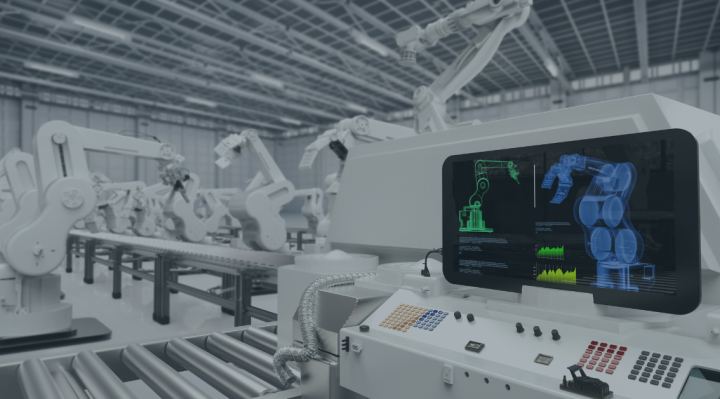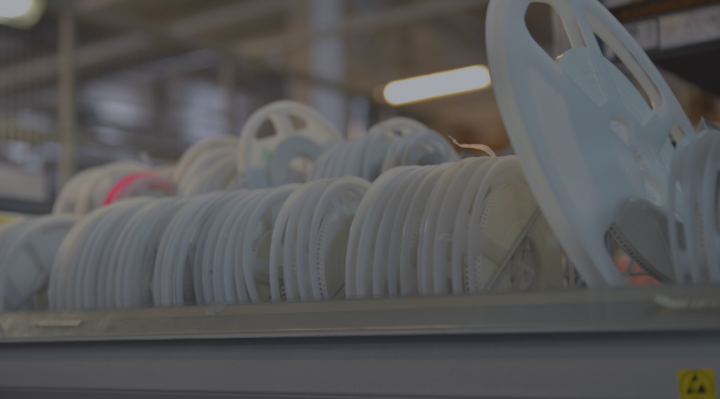The electronics manufacturing industry is gearing up for a year of significant transformation, driven by advancements in technology and a shift in market demands. Here's a deeper look into the key trends that are shaping the industry's future.
1. Sustainable and Smart Manufacturing
The rise of organic electronics marks a crucial step towards more sustainable manufacturing practices. These materials offer noteworthy advantages over traditional inorganic materials, being cost-effective, flexible, and low in power consumption, while also being eco-friendly. This lines up with the growing global focus on sustainable development and positions the industry to take advantage of new market opportunities that value environmental consciousness.
Simultaneously, the integration of AI and IoT into manufacturing processes is creating smarter, more efficient production lines. AI is being used to enhance product design, reduce manufacturing defects, and improve overall production efficiency. Meanwhile, IoT technologies are enabling better data management, predictive maintenance, and improved connectivity within the manufacturing process. These technologies are not only improving current manufacturing practices but are also paving the way for new approaches and practices in electronics production.
2. Advancements in Materials and Miniaturization
The industry is seeing a major shift with the introduction of advanced materials like graphene and nanomaterials. These resources are setting new benchmarks in performance and efficiency, essential for complex electronic assemblies. This shift is more than a simple change of materials; it represents a fundamental change in how electronic components are conceptualized and manufactured.
In parallel, the trend of miniaturization is pushing the boundaries of how and where electronics can be used. This is particularly important in fields with space constraints, like healthcare and automotive. The focus is on developing smaller, yet more powerful and efficient components, integrating a wider variety of functionalities into increasingly compact designs. The challenge lies in maintaining the performance and reliability of these miniaturized components, which is vital for their application in critical and demanding environments.
3. 3D Printing and Immersive Technologies
3D printing is transforming the way electronic components are manufactured. It allows for more ground-breaking designs and shapes, which were previously not possible with traditional manufacturing methods. This technology is especially useful in speeding up the prototyping process, enabling mass customization, and reorganizing part production. It represents a significant shift towards more flexible and responsive manufacturing processes.
Immersive technologies, such as virtual and augmented reality, are being increasingly adopted in manufacturing settings. These technologies are instrumental in reducing human error, improving training, and enhancing the maintenance process. They allow for a more detailed inspection of products at all stages of design and manufacturing, ensuring higher quality and reliability. Additionally, these technologies are proving to be valuable tools in personnel training, prototype development, and imagining complex manufacturing workflows.
4. Innovations in Systems and Packaging
Embedded systems are now an essential part of electronic devices, influencing their speed, security, size, and power. The demand for high-performance, secure, and connected embedded systems is spurring a wave of improvements in this field. This is key for the future of connected and smart devices, which are becoming increasingly prevalent in our daily lives.
Advanced IC Packaging is another area witnessing significant development. Traditional methods of device scaling are reaching their physical limits, and the industry is replying with state-of-the-art packaging solutions that allow for more complex device integration in smaller packages. This trend is about balancing the need for more powerful electronics against the constraints of physical space and manufacturing costs, requiring careful consideration of customer needs and technological capabilities.
Conclusion
As we move into 2024, these trends highlight an industry on the cusp of significant change. Companies in the electronics manufacturing sector that can adapt to and embrace these advancements will be well-equipped to lead in this dynamic and rapidly evolving field.







